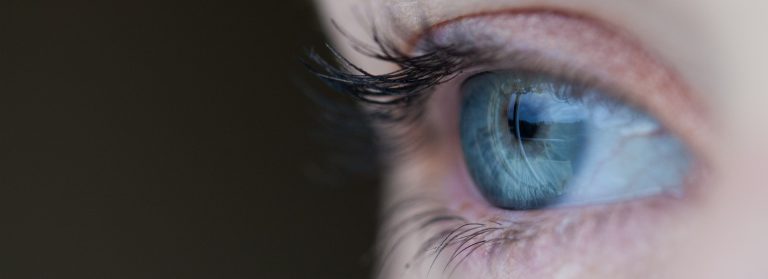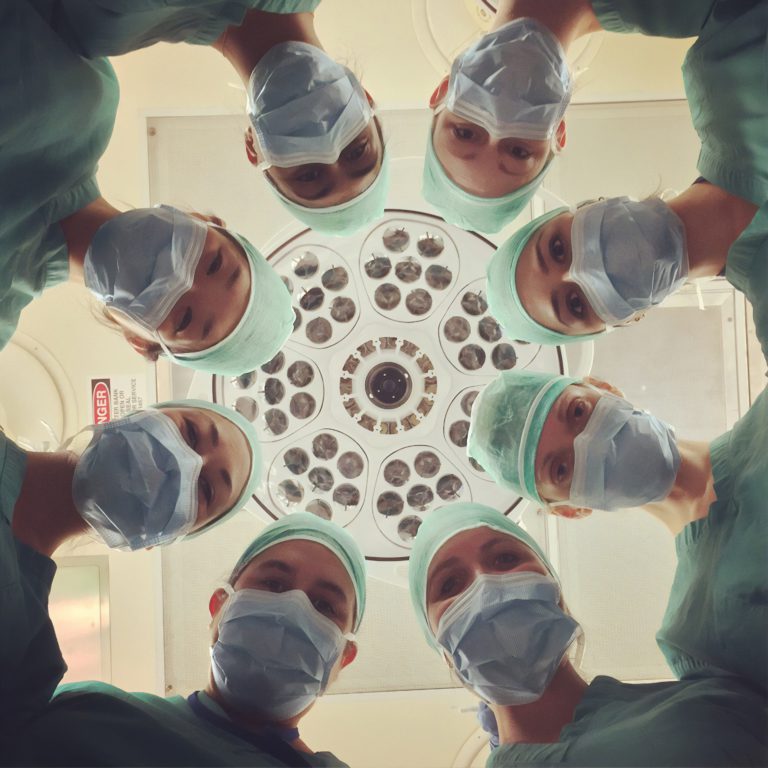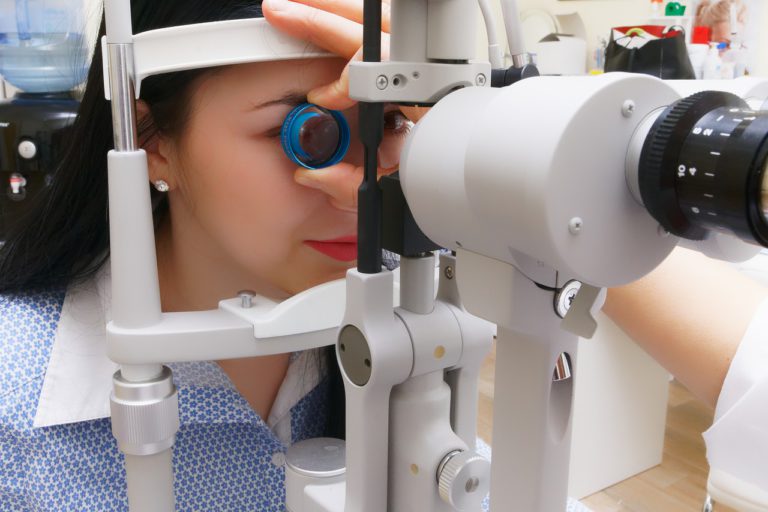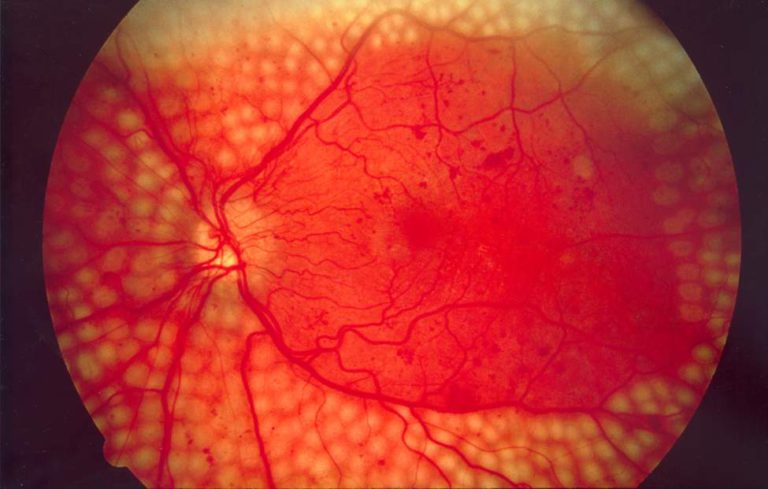What Problems Can Laser Eye Surgery Solve?
This is a guest post from David Allamby of Focus Clinics, London, England
Over recent years, the public demand for laser eye surgery has risen, with an approximated 30-50 million procedures being performed worldwide.
We’ve witnessed significant technological advancements over the last 30 years, ultimately this provides eye surgeons with a greater understanding about who makes a great candidate for treatment.
Myopia
Myopia is a short-sighted refractive error that’s inherited from your parents and develops between the ages of eight and 12. Myopia is a widespread cause of poor eyesight and affects an estimated 1 in 3 people in the UK.
If you’re myopic, it’s important that you attend regular eye examinations because eyes with severe cases of myopia have an increased risk of retinal detachment compared to non-myopic eyes.
Myopia can be treated with LASIK surgery, which involves a small flap being cut into the cornea to remove some tissue with a laser and reshape the cornea. The corneal flap is placed back in position to allow for healing.
Diabetic Retinopathy
Laser treatment is used to slow the growth of new blood vessels at the retina. This treatment is suitable for proliferative diabetic retinopathy and to stabilise cases of maculopathy. The most important outcome is that your diabetes is under control.
Eye injections are used to treat sight-threatening maculopathy and eye surgery removes blood or scar tissue from the eye if laser treatment isn’t possible due to advanced retinopathy.
Laser treatment usually takes around 20-40 minutes and is carried out on an outpatient basis This surgery prevents new blood vessels from bleeding into the eye.
Hyperopia
Hyperopia appears when the cornea’s curve is too small or if the eye is too short from front to back, which causes a refractive error where the image is focused beyond the retina.
Similar to myopia, hyperopia can be treated using the LASIK procedure. Hyperopia and Myopia can also be treated with Photorefractive Keratectomy. PRK is an option for patients who are unsuitable for LASIK.
The key difference between is that rather than creating a corneal flap, a thin layer of the cornea is removed before reshaping begins. Overall, the decision of which procedure will be most suited is dependent on personal anatomy.
Cataracts
Cataract surgery removed the cloudy lens through a small incision in the eye and replacing it with a clear, plastic one, known as an intraocular lens (IOL).
The surgical approach for the various types of cataract involved 3 main steps. The natural cloudy cataract lens is removed from behind the iris. Once all of the lens material is removed, the clear capsular bag will be the new home for the IOL. When the lens has been injected into the capsular bag, the surgeon will manipulate the IOL so that it’s seated in the correct position.
Summary
The benefits of laser eye surgery outweigh the chances of complications.
The invention of new technology have revolutionised the landscape of complications. LASIK is not only the most common form of laser eye surgery, but it’s also the safest.
The principal factor when considering laser eye surgery is your eye health before the procedure.









